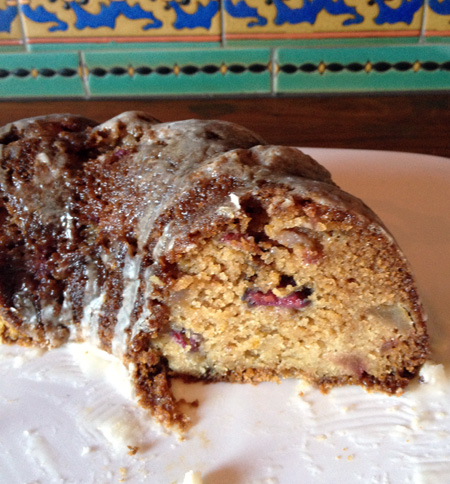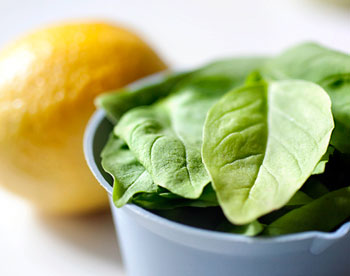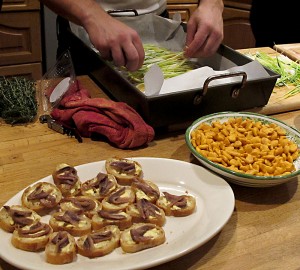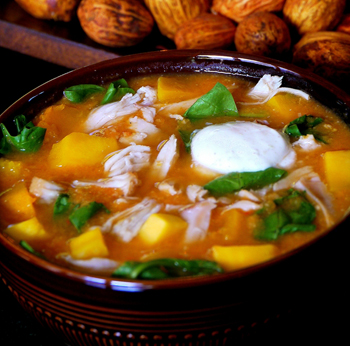 It's autumn and that means....
It's autumn and that means....
Max's Fresh Raspberry + Pear Bundt Cake with Buttercream Frosting
This cake was the result of what I didn't have. I wanted to make a cake for my son's birthday, but it was late in the afternoon and I didn't have time to drive to the store. So I decided to just wing it in the kitchen, which always leads to the new and unexpected. Plus, the birthday son isn't a stickler about his birthday cake and in truth doesn't even like sweets. This gave me permission to experiment.
So I guess I should call this Max's Fresh Raspberry and Pear Cake. I'm honoring him. This cake is dense, moist, filed with hunks of fruit, and in my estimation, delicious. I'm fairly certain that it's also not on any diet plans. I serve it topped with Buttercream frosting, the kind that you make from a SINGLE BOX of powdered sugar (recipe on the back of the blue box -- you add to the powered sugar a cube of butter, a 1/4 cup of whole milk and a teaspoon of vanilla. Beat with the blender. Works every time).
Let us begin....

 The first time my sister cooked for me, we were both in our 20s and
living together in my 500 square foot studio apartment on the Upper West
Side of Manhattan. It was the day I had quit my job working in book
publicity and had decided to go back to freelance film production work.
My sister, Alexandra, having just finished up her first transfer
semester at the Fashion Institute of Technology, wanted to make us a
home-cooked meal to celebrate our big life changes. She was already
cooking by the time I arrived at our apartment that evening. I smelled
pasta boiling and lots of lemon and basil. I started over towards the
blender to take a sniff, but she shooed me away. “It’s almost done. Go
and sit down.”
The first time my sister cooked for me, we were both in our 20s and
living together in my 500 square foot studio apartment on the Upper West
Side of Manhattan. It was the day I had quit my job working in book
publicity and had decided to go back to freelance film production work.
My sister, Alexandra, having just finished up her first transfer
semester at the Fashion Institute of Technology, wanted to make us a
home-cooked meal to celebrate our big life changes. She was already
cooking by the time I arrived at our apartment that evening. I smelled
pasta boiling and lots of lemon and basil. I started over towards the
blender to take a sniff, but she shooed me away. “It’s almost done. Go
and sit down.”


 and Craftsman flavor. The reason I go is because my daughter Hannah is a competitive cheerleader. Not the kind connected with a school. She’s too young for that. The kind from Bring It On. The kind you see on ESPN. My little Westside dolly is the one they throw up in the air. The one who brings her leg back to touch her head while being hoisted aloft. Frankly, I’d puke if I ever had the guts to get up there, but she’s tough and fearless.
and Craftsman flavor. The reason I go is because my daughter Hannah is a competitive cheerleader. Not the kind connected with a school. She’s too young for that. The kind from Bring It On. The kind you see on ESPN. My little Westside dolly is the one they throw up in the air. The one who brings her leg back to touch her head while being hoisted aloft. Frankly, I’d puke if I ever had the guts to get up there, but she’s tough and fearless. Last year, we had friends and family over to celebrate La Vigilia, which is a traditional Christmas Eve feast that had its beginnings in the south of Italy. It celebrates the wait for the birth of baby Jesus. Vigilia – the wait. Traditionally the meal is comprised of seven fish dishes – including shellfish, of course – and it can be one of the great feasts of the year. It can be a blowout, actually, un cenone, which means a very large and very long dinner.
Last year, we had friends and family over to celebrate La Vigilia, which is a traditional Christmas Eve feast that had its beginnings in the south of Italy. It celebrates the wait for the birth of baby Jesus. Vigilia – the wait. Traditionally the meal is comprised of seven fish dishes – including shellfish, of course – and it can be one of the great feasts of the year. It can be a blowout, actually, un cenone, which means a very large and very long dinner.
